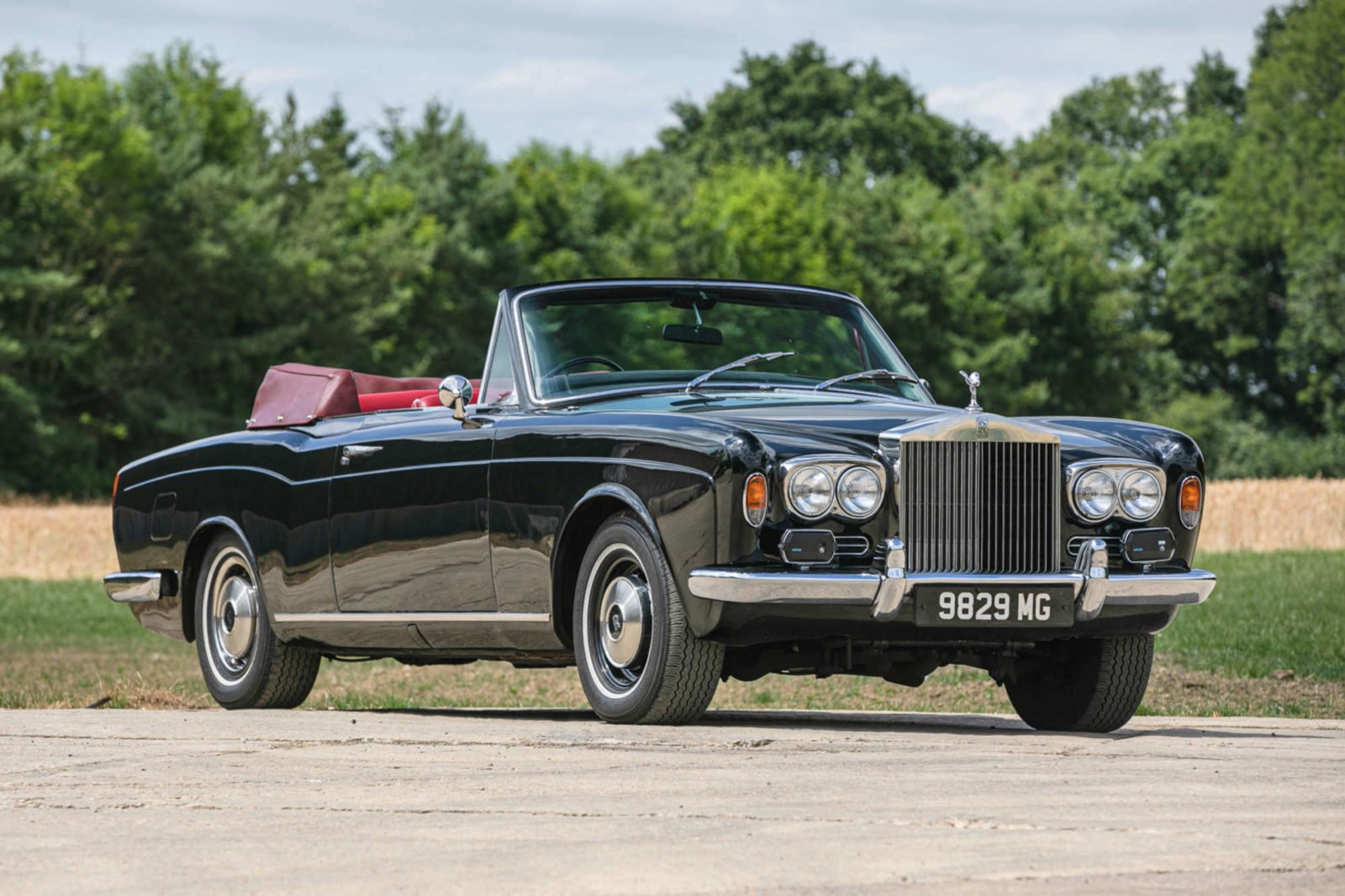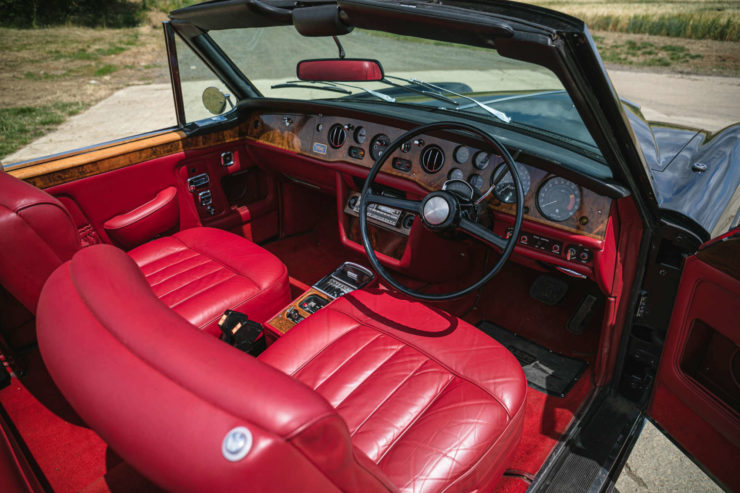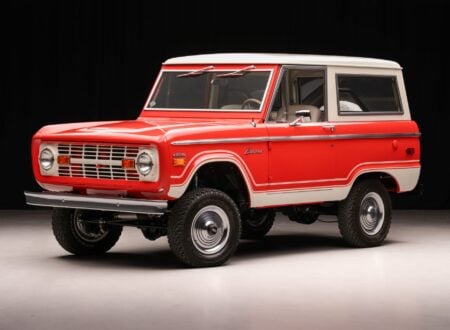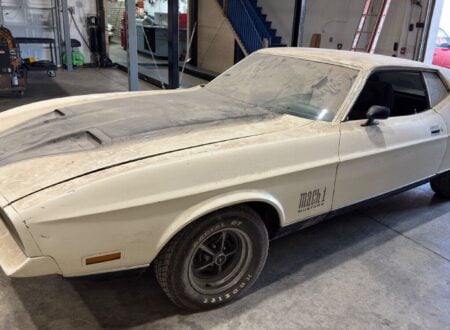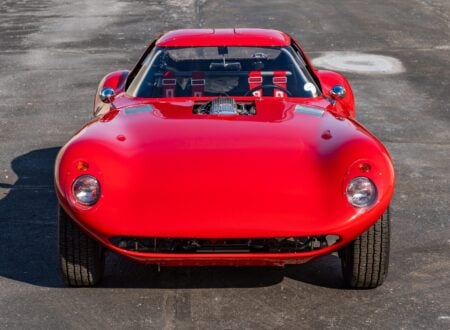It’s probably safe to say that every example of the Rolls-Royce Corniche that was ever made has an interesting story to tell, but this one is more interesting than most – it was bought secondhand for triple its original asking price by none other than Maurice Gibb of the Bee Gees.
No other car on Earth were as desirable for newly minted pop star millionaires than those made by Rolls-Royce, and arguably the most desirable of all was the two-door Corniche convertible.
Fast Facts – The Bee Gees Rolls-Royce Corniche
- There is likely no other band other than the Bee Gees that can lay claim to creating the sound of the 1970s. They turned out disco hit after disco hit, even today decades later they’re still one of the most successful pop-rock groups of all time.
- Rolls-Royce is a British luxury automaker that requires no introduction, they have been producing some of the most opulent cars in the world since the company was founded back in 1904.
- The Rolls-Royce Corniche convertible is a two-door droptop first released in 1971 and sold (with many updates) until 1995. With a length of over 5 meters (16.4 feet) and a curb weight of 2.5 tons the car became synonymous with luxury travel.
- The Corniche you see here was bought by Maurice Gibb off the showroom floor of H.R. Owen in London in 1979 for £35,000 – over three times the original purchase price when new. Gibb kept the car for the rest of his life, and his family kept it for many years after his passing in 2003.
The Rolls-Royce Corniche
The Rolls-Royce Corniche was a development of the Mulliner Park Ward two-door version of the Rolls-Royce Silver Shadow. Production remained at Mulliner Park Ward, a highly respected British coachbuilder and wholly owned Rolls-Royce subsidiary, with the new Corniche name being applied from 1971 onwards.
A Bentley version of the Corniche was also built, known as the Continental. Interestingly the first Corniche was a Bentley, it was built in 1939 and it’s historically significant as it was the car that introduced streamlining to the marque.
The body was built by French coachbuilder Pourtout in 1939 and fitted to a Bentley chassis. Unfortunately 1939 was also the year that WWII began in Europe, after a traffic accident with the 1939 Corniche the chassis was sent back to England and the body was sent to new stored in the town of Dieppe in Normandy, France.
A German bombing raid on Dieppe would destroy the body, but thanks to the many surviving photographs Bentley resurrected the car in 2019.
Production Begins, And A Queue Forms
The Rolls-Royce Corniche entered production in the early 1970s, an immediate queue formed and there was a years long waiting list to get one during much of the 1970s. As a result of this, they often changed hands on the secondhand market for considerably more than they had cost new.
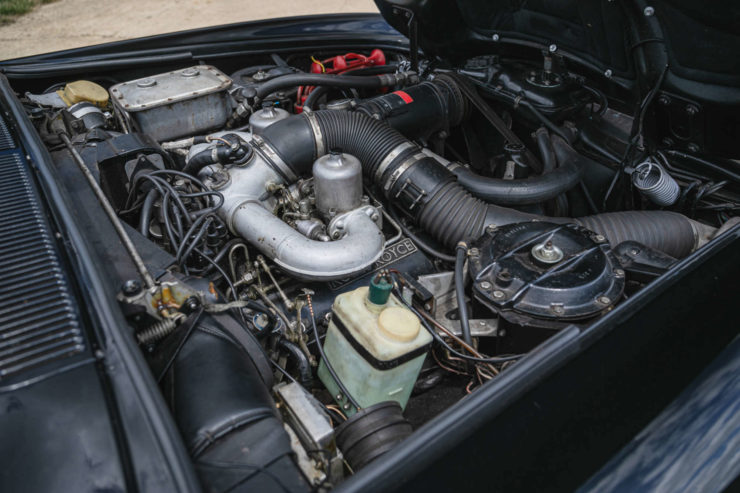

Despite the fact that it was a two-door, the Corniche didn’t have an appreciably different wheelbase from the four-door Rollys-Royce Silver Shadow it was based on. The Corniche had longer doors and comfortable seating for four, maybe five in a pinch.
The car was powered by the same Rolls-Royce L-series V8 engine as the Silver Shadow, a 6.75 liter overhead valve V8 that offers plenty of torque for comfortable highway motoring, power is sent to the rear wheels via a three-speed automatic transmission.
The Corniche is now among the most collectible Rolls-Royces of the era, and they typically change hands for considerably more than their four-door counterparts.
The Ex-Maurice Gibb Corniche Shown Here
The Corniche you see here is a 1973 model, by 1979 it had been traded in or otherwise sold by its first owner (after they put 30,000+ miles on it), and not was being offered off the gleaming showroom floor at H.R. Owen in the wealthy London borough of South Kensington.
Above Video: This is the original music video for the Bee Gees smash hit single “Night Fever.” Some claim this is the quintessential song of the 1970s, there can be no denying it was one of the most influential.
As the story goes, Maurice Gibb of the Bee Gees saw the car and decided to buy it on the spot, despite the prodigious (for the era) price of £35,000 – over three times the original asking price.
Gibb must have become quite attached to the car because he would keep it for the rest of his life. He tragically passed away suddenly in 2003, his family would keep the car until 2013 when it was sold on for the first time since 1979.
The car is now due to roll across the auction block with Silverstone Auctions on the 27th of August with a guide price of £100,000 – £115,000, which works out to approximately $119,000 – $137,000 USD.
If you’d like to read more about the car or register to bid you can visit the listing here.
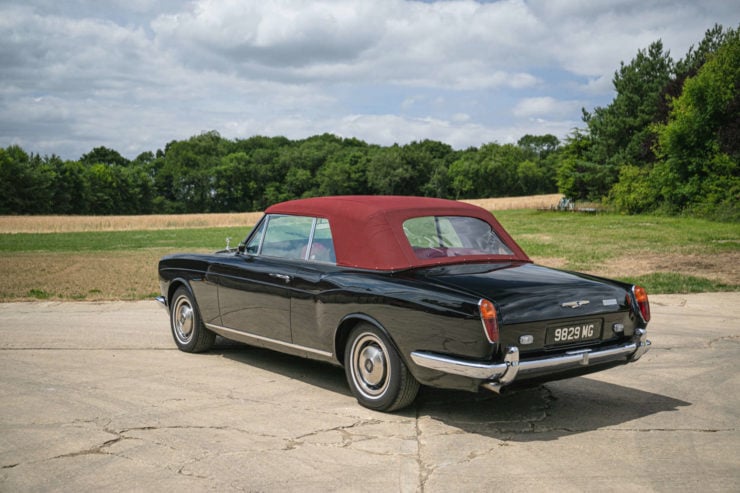

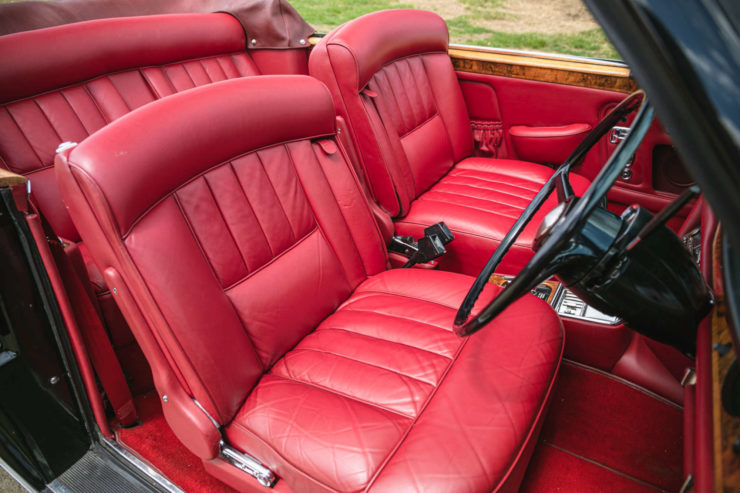

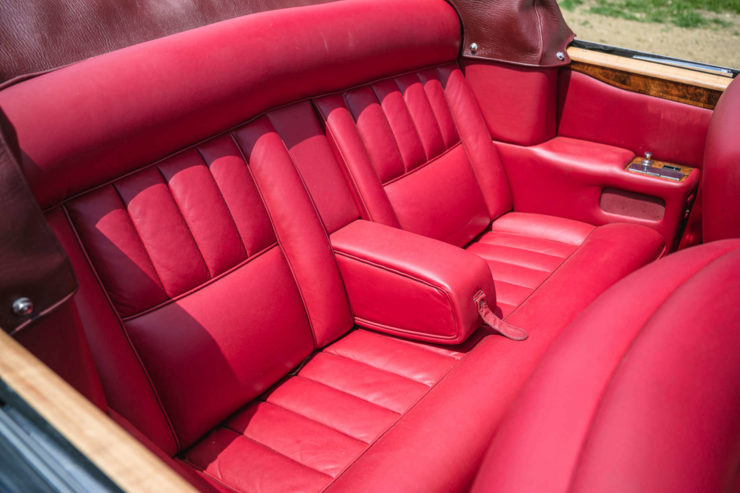
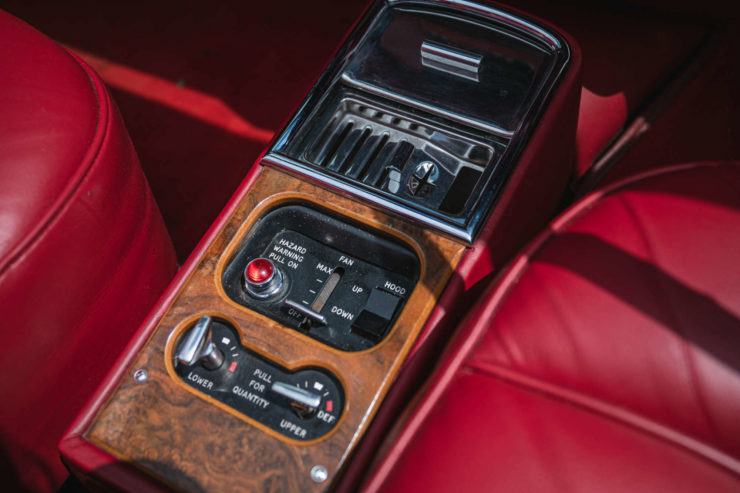
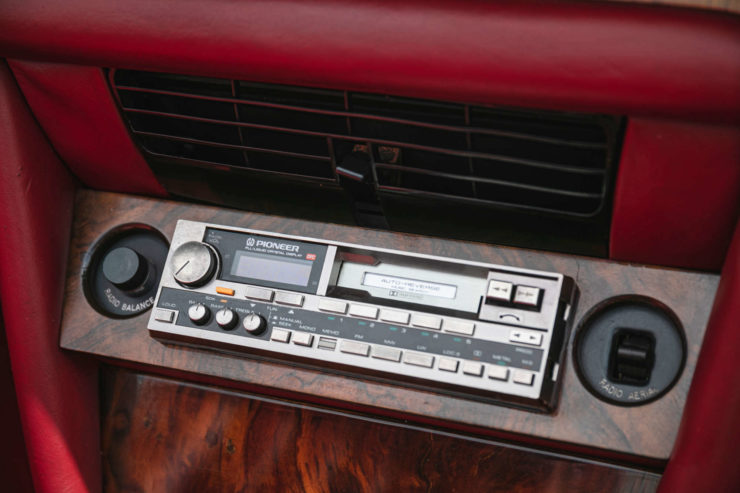
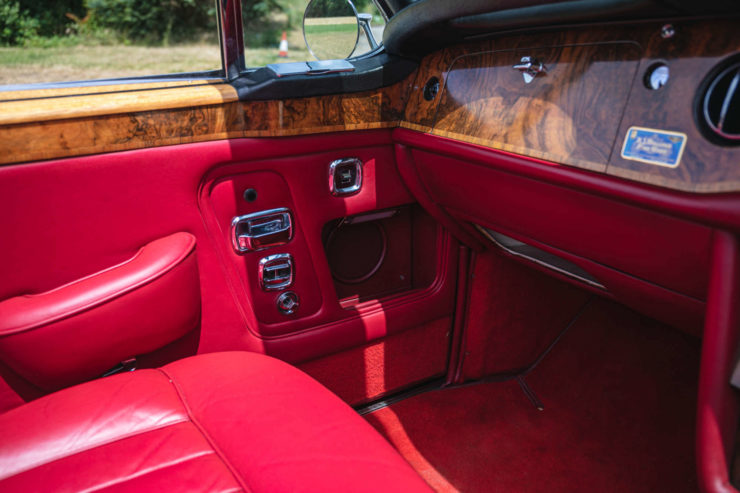
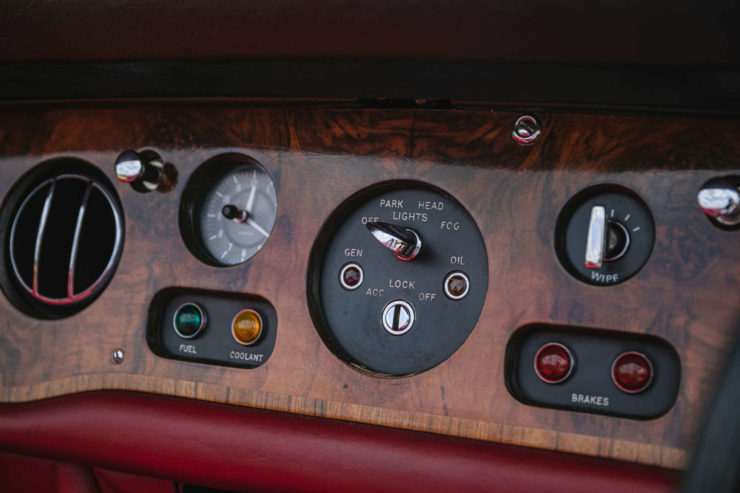
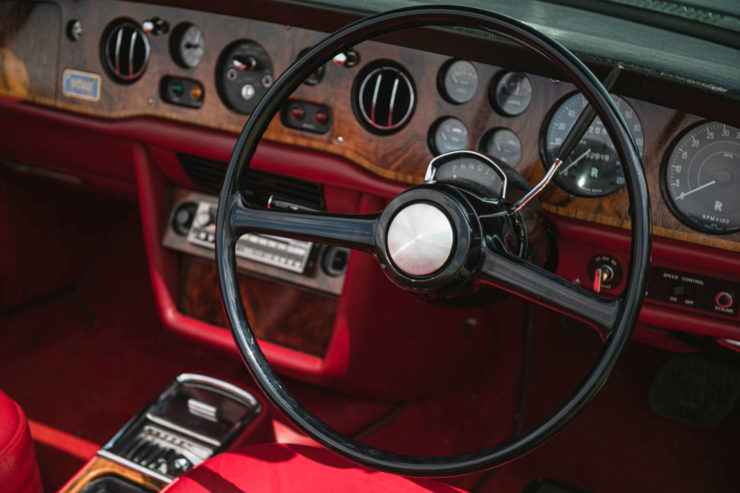

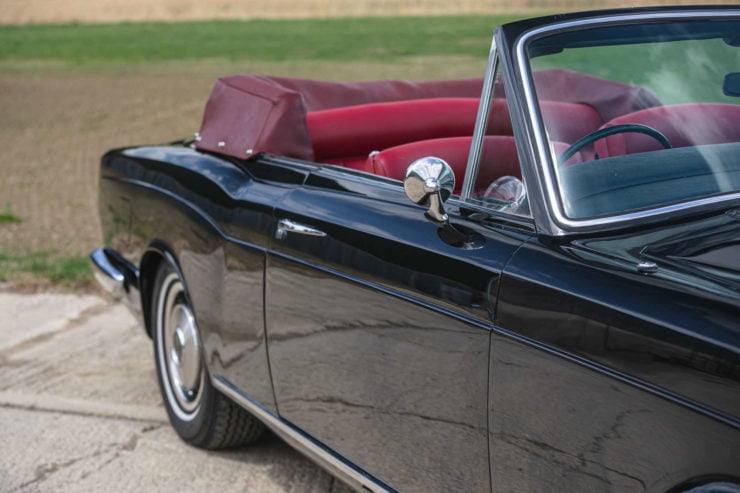
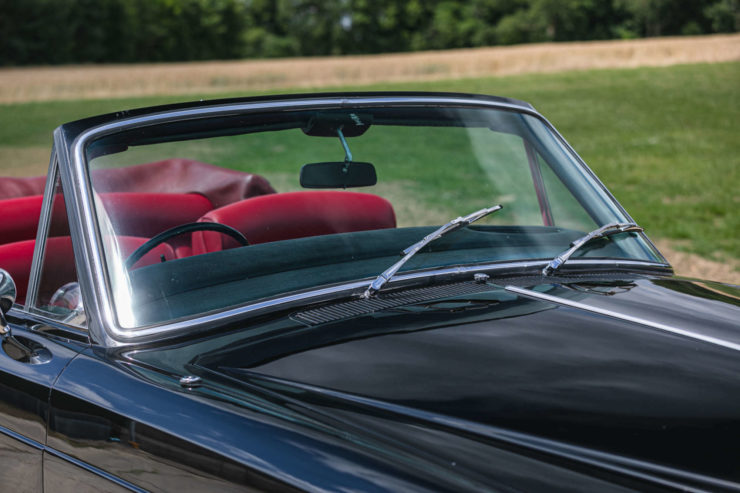
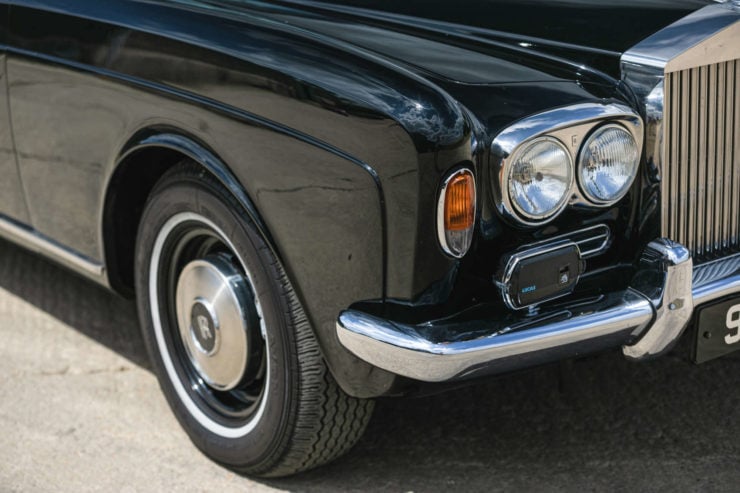
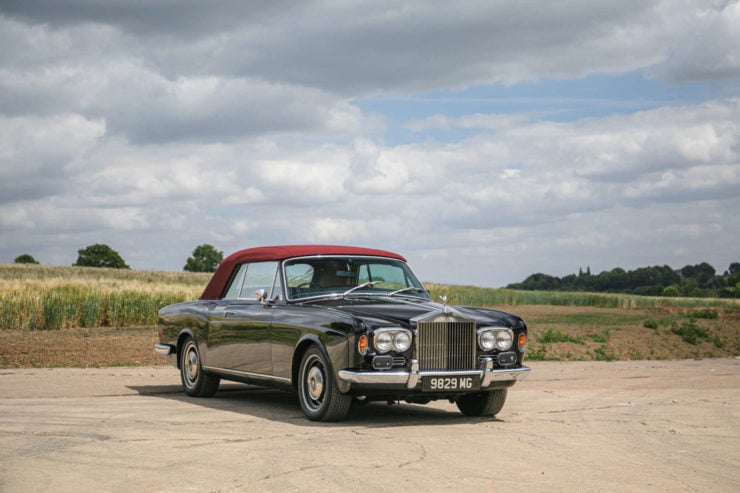

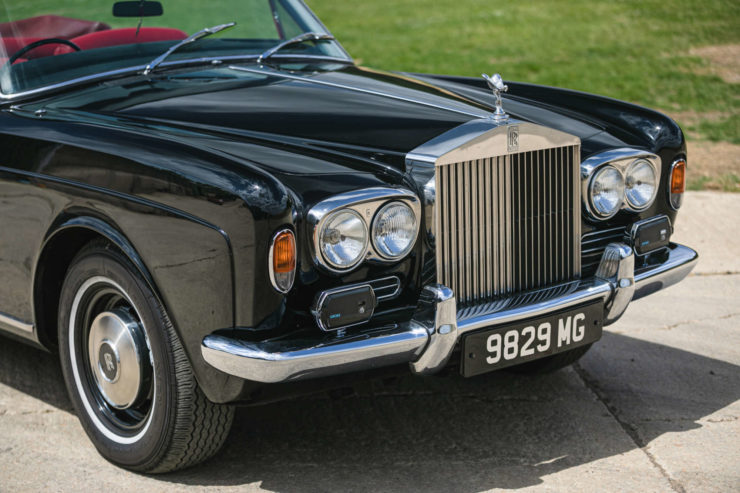
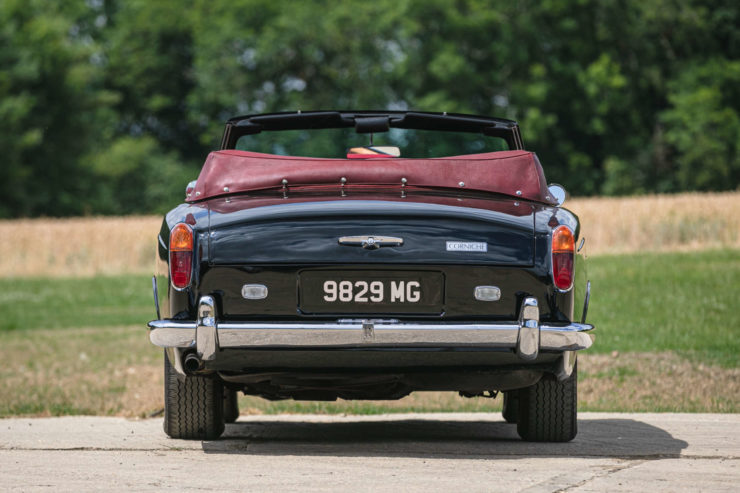
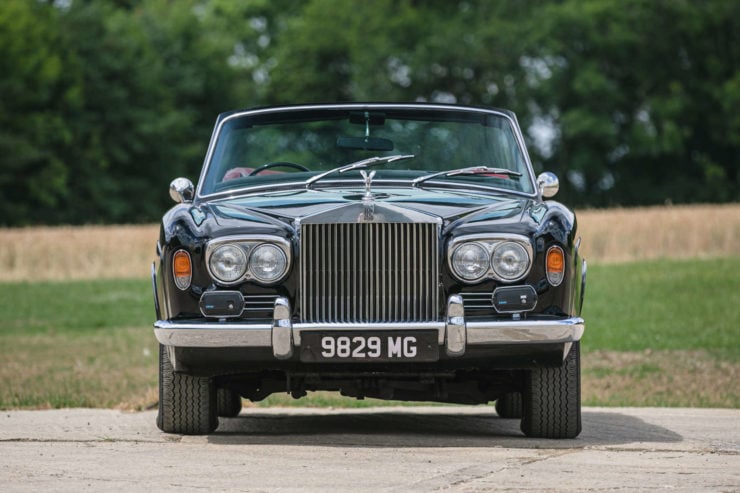
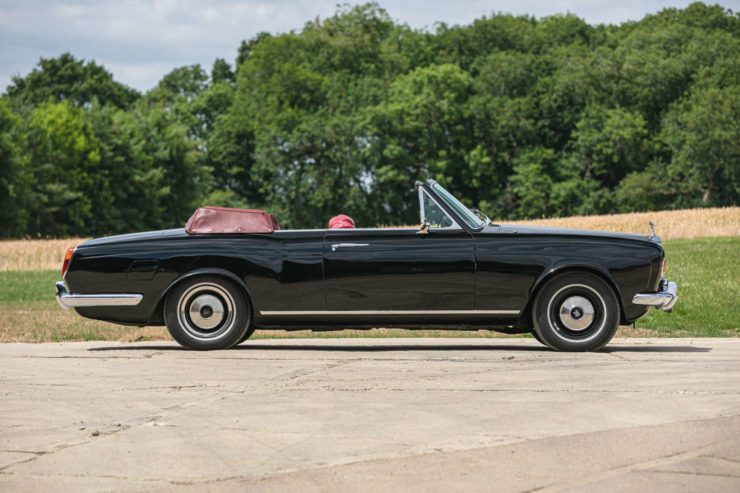
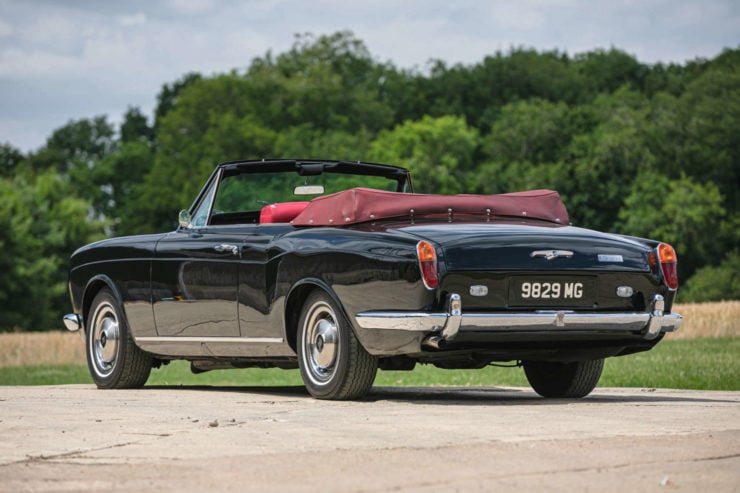
Images courtesy of Silverstone Auctions

